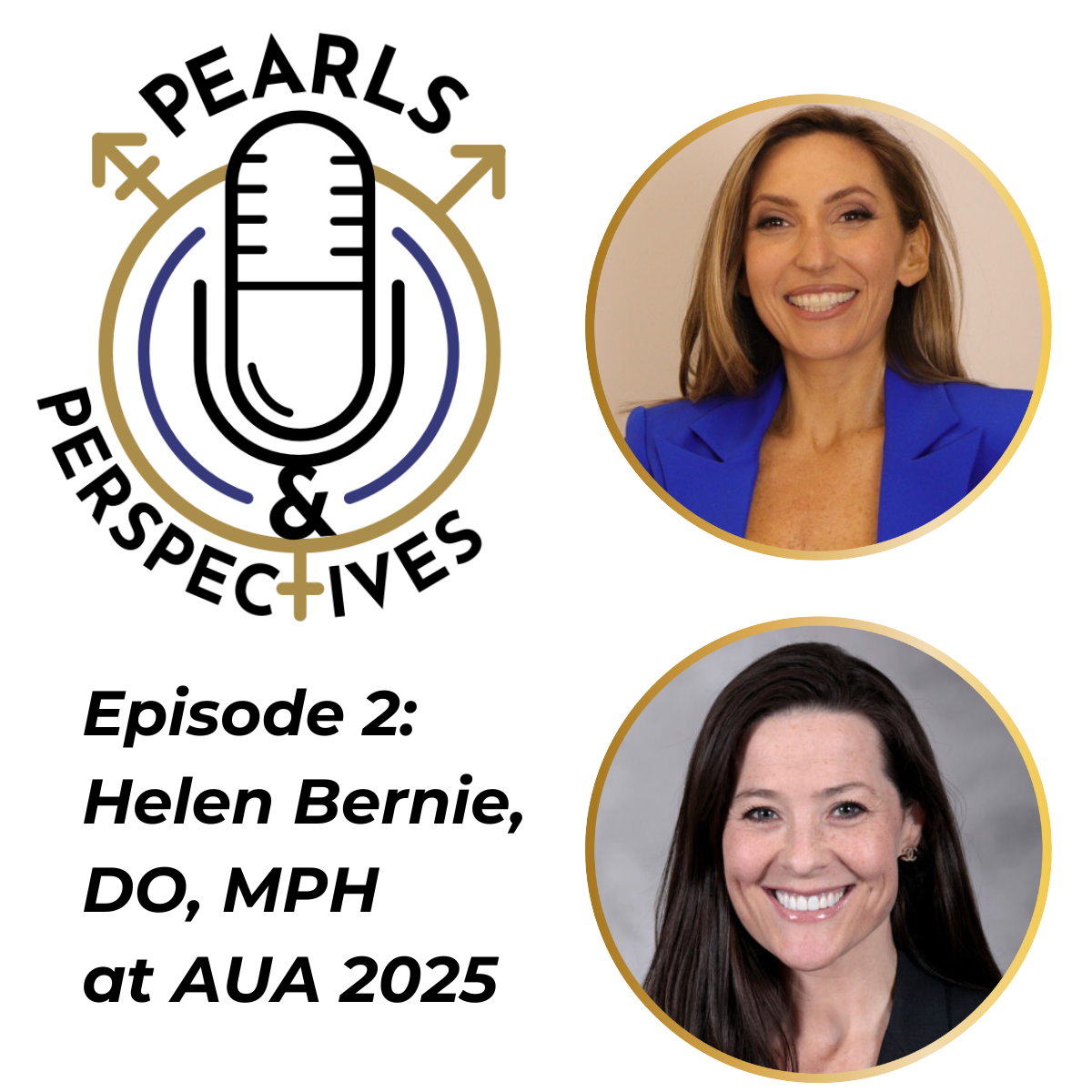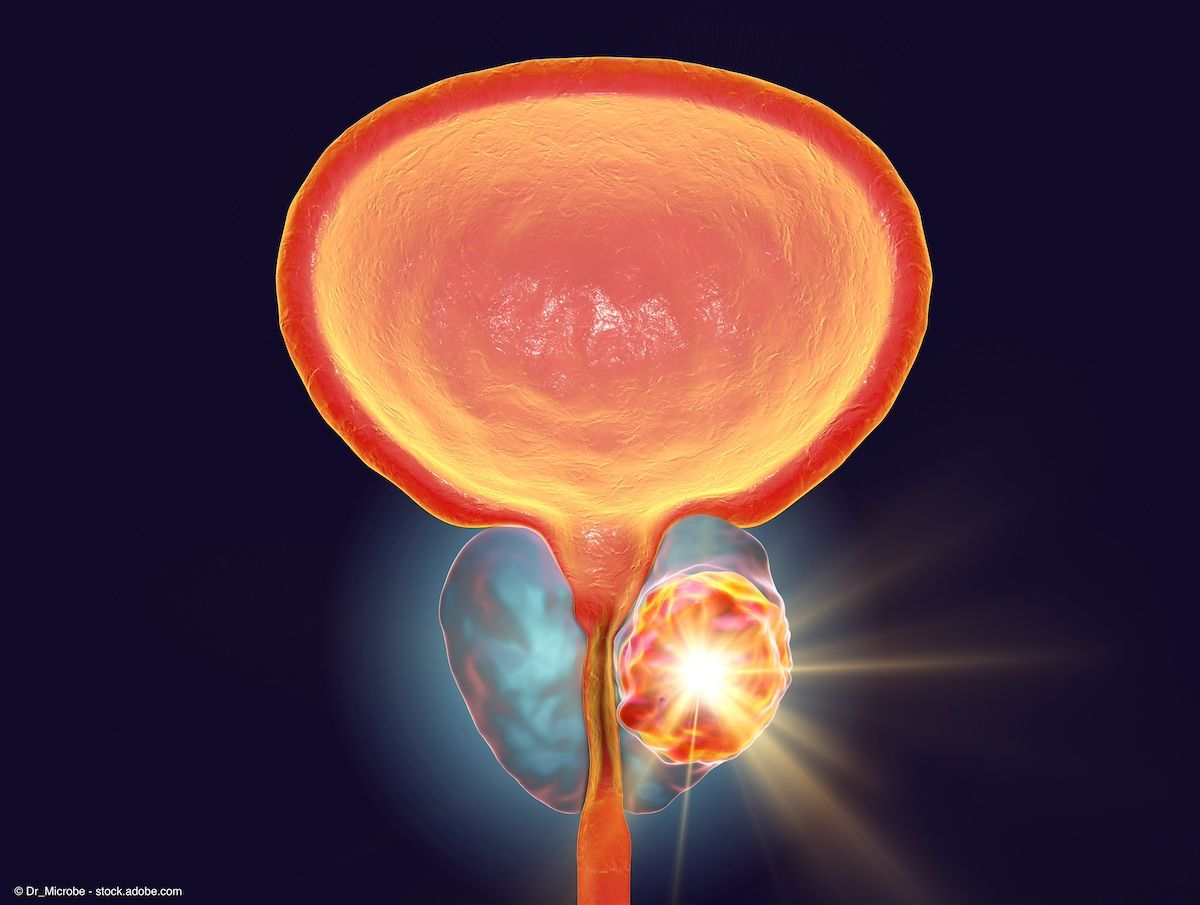Opinion
Article
Prostate cancer salvage therapy guideline addresses post-RP recurrence, PSMA-PET
Author(s):
"A unique aspect of AUA guidelines is the robust methodological review," says Todd M. Morgan, MD.
Todd M. Morgan, MD

In this interview, Todd M. Morgan, MD, shares some key points from the American Urological Association (AUA)/American Society for Radiation Oncology (ASTRO)/Society of Urologic Oncology (SUO) guideline for salvage therapy for prostate cancer, which was recently published in the Journal of Urology.1-3 Morgan is chief of urologic oncology, the Jack Lapides M.D. Research Professor and professor of urology at the University of Michigan, Ann Arbor.
Please describe the background for this guideline.
There was another guideline previously, and it was the 2013 AUA and ASTRO guideline on adjuvant and salvage therapy, particularly radiation after surgery. What's happened over the last 10 years is just that the field has shifted. There have been some pivotal clinical trials that have reported out, and they've really showed us that there is limited to maybe no role for adjuvant treatment after prostatectomy, and there is a huge role for early salvage treatment. We know this from just a ton of data. We also know that salvage treatment after surgery in particular, but also after radiation is underutilized. And really early salvage therapy is underutilized, and that means providing salvage treatments when the PSA has shown us that there's a recurrence but isn't particularly high. And so there's this window for cure. And that window for cure is really in a sweet spot that is underutilized, and a huge impetus for the guidelines is to address that problem and really disseminate that information that there's an appropriate time to consider salvage therapy and we need to jump on that because these are chances for cure.
Participating in AUA guidelines is really an exciting time. I've been able to participate in a few different guidelines, and this is the first one that I've had the opportunity to chair. A unique aspect of AUA guidelines is the robust methodological review. There's a team at OHSU led by Dr. Roger Chou, that starts with the questions that we as a committee think are important, and then they dive into the literature. They rate the levels of evidence. And it really extends in many ways beyond our normal clinical and scientific knowledge to a methodological approach that comes back to our entire team and says, okay, these are really the highest-level studies, these are maybe the second-tier and third-tier studies, and here are the evidence grades that could go with any of these given studies. That's a unique aspect of this. Another really important piece is that this is a joint guideline with the AUA but also ASTRO and then also the SUO. Using these organizations and their breadth and reach, we were able to assemble a real multidisciplinary panel. That meant members of the committee from radiation oncology, of course, also medical oncology, also nuclear medicine, also patient advocacy. It's an incredibly well-rounded group that can then tackle the questions from different angles. That's, I think, a key way that we get to such an important, well-thought-out, and well-constructed guideline.
What are some key points from the AUA/ASTRO/SUO guideline on salvage therapy for prostate cancer?
One of the important spaces is what do we do with a patient who undergoes prostatectomy and then has a biochemical recurrence? A key piece of the guideline is that we need to offer radiation at a PSA of 0.5 ng/mL or lower and maybe even, for some patients, a PSA lower than 0.2 ng/mL. There are some ways of what we call risk stratifying patients, so saying, of course, everybody is different. But it extends beyond just our clinical intuition to some tangible clinical factors that we can use to help inform our decisions, which patients might need earlier radiation treatment, or if patients who underwent initial radiation, which of those patients are at highest risk for recurrence, and then when we're thinking about patients who get salvage radiation, which of those patients may need hormone therapy with that radiation and for how long that hormone therapy is given. So these are all really key pieces of the guideline. But there's a single table that I think is really important and I hope that people take a second to look at and think about, because it's a table that goes through some of the main prognostic factors that inform all of these risk stratification decisions. And some of those factors are high Gleason grade, high stage, the presence of node-positive disease, a shorter PSA doubling time, a shorter time to PSA recurrence—a patient who has their PSA rising, say, 3 months or 6 months after prostatectomy has a higher risk disease than that patient who has that PSA recurrence 4 or 5 or 6 years after surgery. There's also PET imaging findings. That's another really key part of this guideline. PSMA-PET is really new in our field. This is another reason why this guideline is so topical and really something that is different than the prior guideline is that patients with biochemical recurrence now have the opportunity to undergo an imaging modality that can find that cancer in many, many cases. And so whereas 5 years ago, we were only using CT scans and bone scans and maybe MRI to try to localize disease early not very successfully. Now, PSMA-PET is showing us cancer and lymph nodes that are in the prostate bed, or maybe even a distant site like a spinal metastasis that we just cannot see on a CT scanner or bone scan that totally changes our thinking. Now, we still have a long way to go to have robust clinical trial data that tell us definitively what the best approaches are in each of these little nuanced scenarios. But there are data to start to inform the guideline statements, and there are guidelines statements that we have put together that suggest using PSMA-PET or other molecular imaging modalities in patients with biochemical recurrence, and then targeting those sites of disease when there are a limited number of sites; using for example, radiation or what we call metastasis-directed therapy to targetthose particular sites, and it really does seem to help patients in terms of at least delaying further progression of their disease.
Is there anything else you would like to add?
I think that this field is going to continue to evolve, especially when we think about how to incorporate PSMA-PET findings into our clinical care. There's still a lot for us to learn, and so a lot of our recommendations in that space tend to be lower level evidence or expert opinion. And I'll tell you, the experts on this panel are really good and incredibly thoughtful and really know the data, but I think it's important that people read the guideline and digest the guideline, but also really pay attention as this whole field continues to evolve over the next 3, 4, 5 years. We need to follow the data and the clinical trials that continue to inform us on which patients need, say, more intensified systemic therapy when they have oligometastatic disease in the setting of positive PSMA-PET, which patients maybe can benefit from metastasis-directed therapy alone. These are all important questions, and I expect us to have some guideline updates in the coming years.
REFERENCES
1. Morgan TM, Boorjian SA, Buyyounouski MK, et al. Salvage therapy for prostate cancer: AUA/ASTRO/SUO Guideline Part I: introduction and treatment decision-making at the time of suspected biochemical recurrence after radical prostatectomy. J Urol. 2024;211(4):509-517. doi:10.1097/JU.0000000000003892
2. Morgan TM, Boorjian SA, Buyyounouski MK, et al. Salvage therapy for prostate cancer: AUA/ASTRO/SUO Guideline Part II: treatment delivery for non-metastatic biochemical recurrence after primary radical prostatectomy. J Urol. 2024;211(4):518-525. doi:10.1097/JU.0000000000003891
3. Morgan TM, Boorjian SA, Buyyounouski MK, et al. Salvage therapy for prostate cancer: AUA/ASTRO/SUO Guideline Part III: salvage therapy after radiotherapy or focal therapy, pelvic nodal recurrence and oligometastasis, and future directions. J Urol. 2024;211(4):526-532. doi:10.1097/JU.0000000000003890
Newsletter
Stay current with the latest urology news and practice-changing insights — sign up now for the essential updates every urologist needs.








